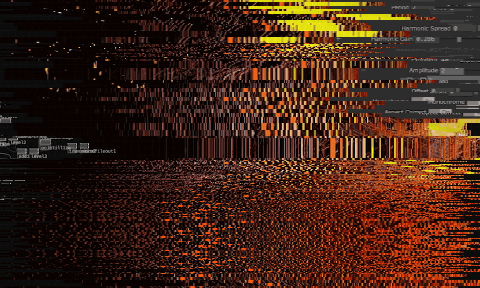
CASE : IT Pieces - Fluxes
for Advantage Austria
The "Fluxes" visualisation explores the relationship between sector size and the distribution of freelancers versus employees, highlighting the dynamic nature of the creative landscape. The visual representation is translated in a 3D knitted textile and jacket, with each piece being unique despite being inspired by the same data.
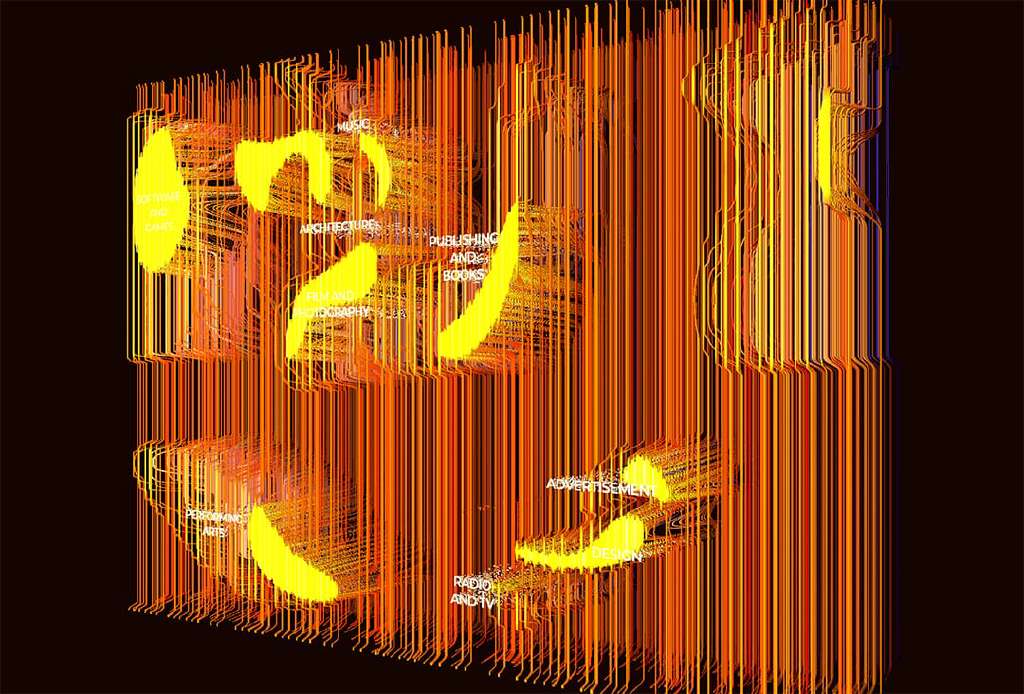
The Metrics
How does creative work align with employment structures?
We looked at the metrics by ADVANTAGE AUSTRIA / Creative Industries that are gathered yearly.

In Austria, the most significant sectors, both in terms of the number of companies (9.000-11.000) and employees per company, are the software & gaming sector, along with advertising. These sectors are robust, featuring fewer freelancers and more employees per company.
Notably, the radio & TV sector in Austria consists of just 96 companies. However, these organisations are relatively large, with fewer than 5% of employees on freelance contracts. This suggests a highly centralised, state owned industry.
The design sector stands out, too. Over half of its workforce operates on a freelance basis, and the average design company consists of less than two people. This reflects a sector built on short-term projects, offering flexibility but limited income predictability. The design sector records the lowest revenue of them all.
The music industry mirrors this situation. In contrast, the film & photography and architecture sectors also embrace freelancers but exhibit higher total revenues and more extensive company presence.
Is there a relationship between assignment predictability, stability of clients, business model and revenue? Does the instability of short term freelance work lead to lower revenue? Is the cultural value that sectors such as music bring to Austria perhaps undervalued financially, compared to the gaming sector that is so dominant but is not visible in terms of the country’s image?
Does innovation lie in the opportunities for the sectors to merge and work more closely with each other?
Fluxes Visualisation
In our “Fluxes” visualisation, we focus on the relationship between sector size, freelance versus employee distribution – a metric that encapsulates both artistic quality and sector stability. We complement this with a generative design that symbolises change and possibility. Representing the dynamic nature of the creative landscape. How will the future of design or gaming engineering look? Could these two sectors converge?

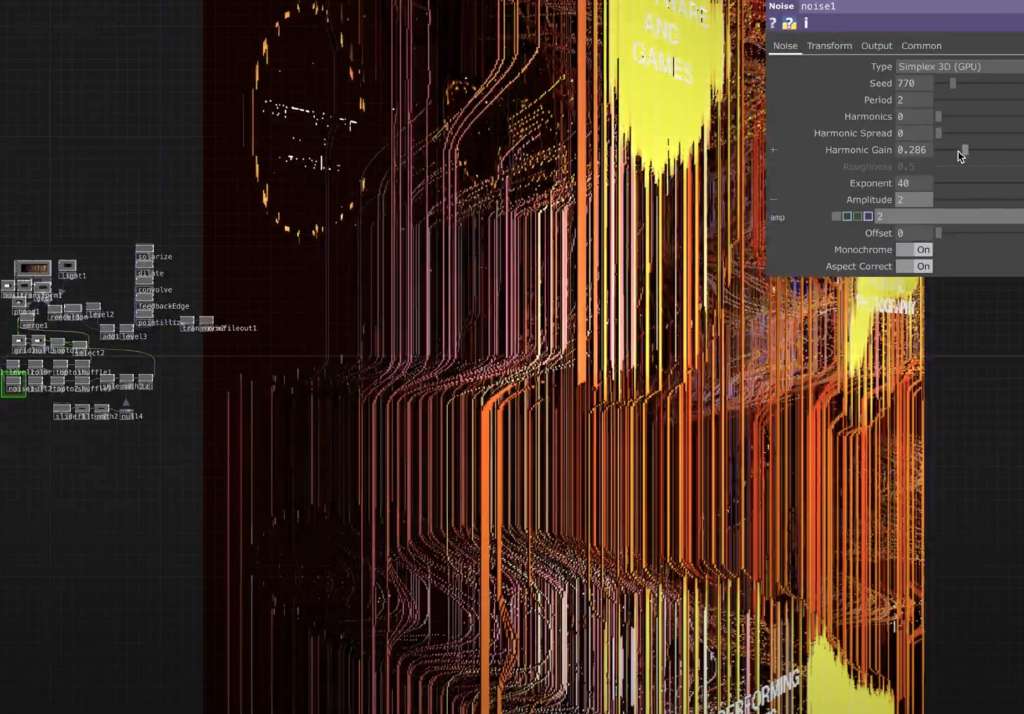
3D Knitting
This visualisation takes physical form as a 3D knitted textile jacket. Each jacket is inspired by the same data, yet their visual outcomes differ. Resulting in each piece being a unique design.
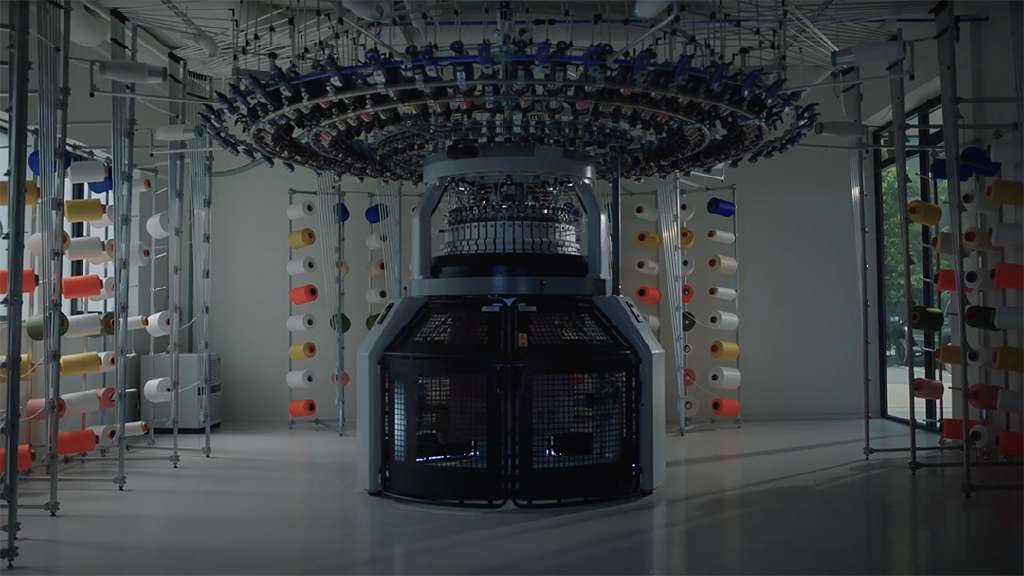
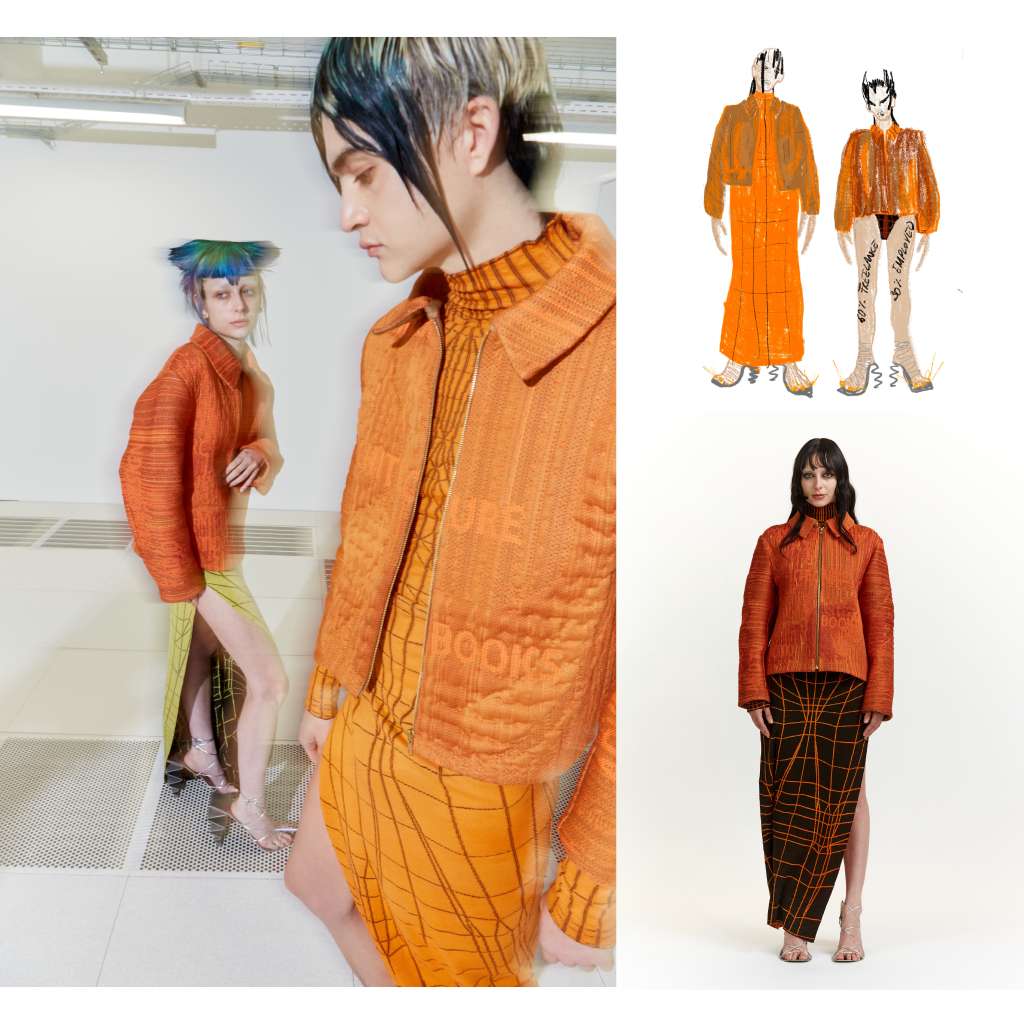
Router: IT Pieces exhibition
‘Fluxes’ was part of ROUTER, An exhibition by IT Pieces / Flora Miranda, showcasing 6 data-art-fashion projects. With data stories from finance, IT, industry and research.
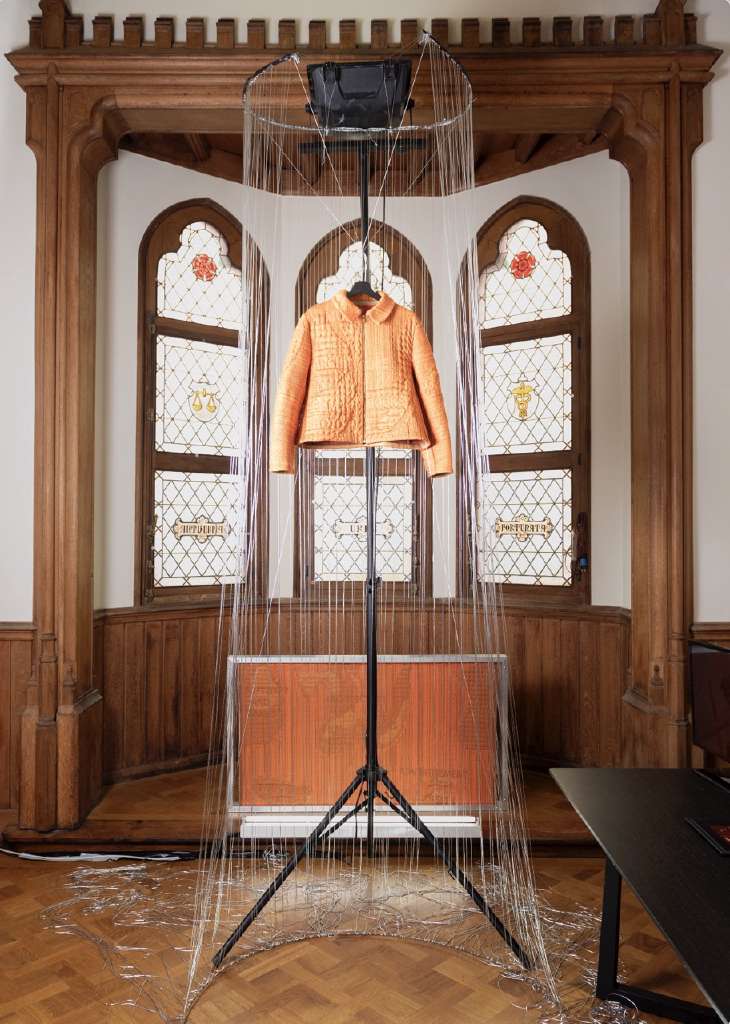

Credits:
Flora Miranda - Concept, Design and Garments
Flora Miranda - Generative Design
ADVANTAGE AUSTRIA - Creative Industry Data
